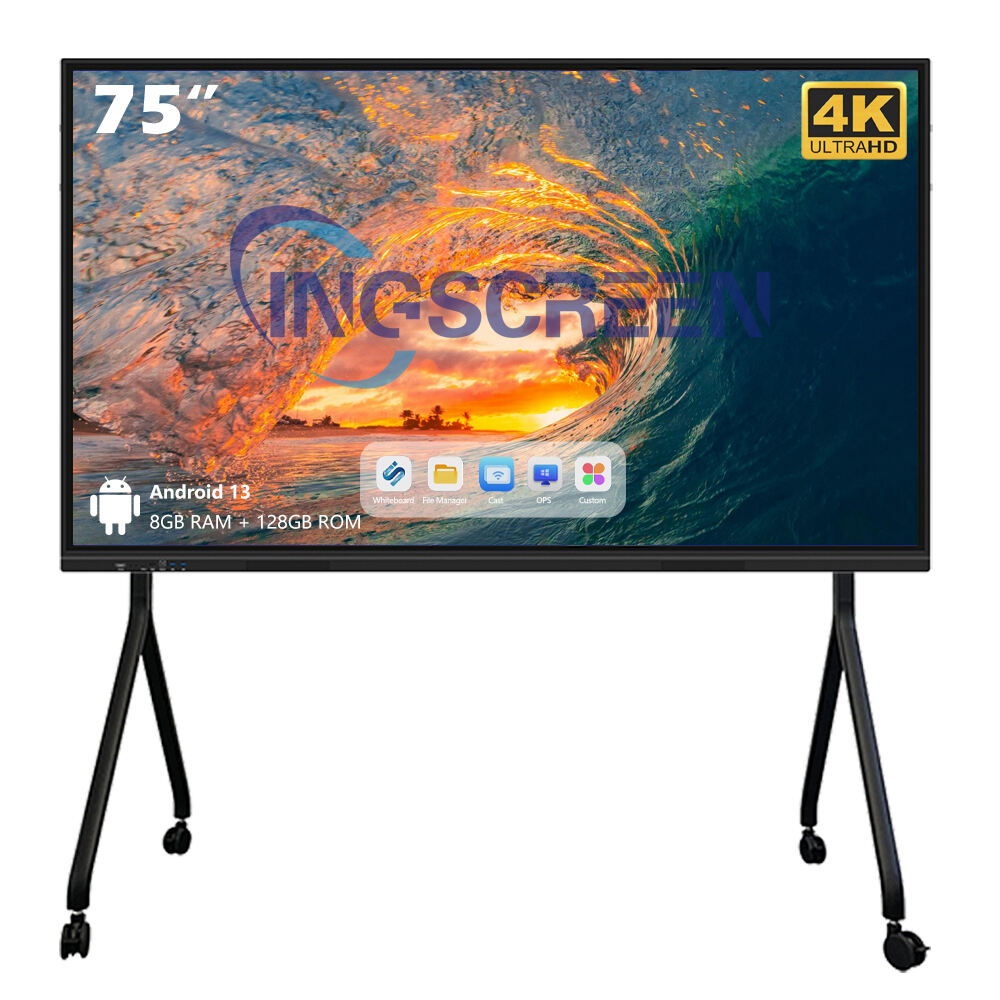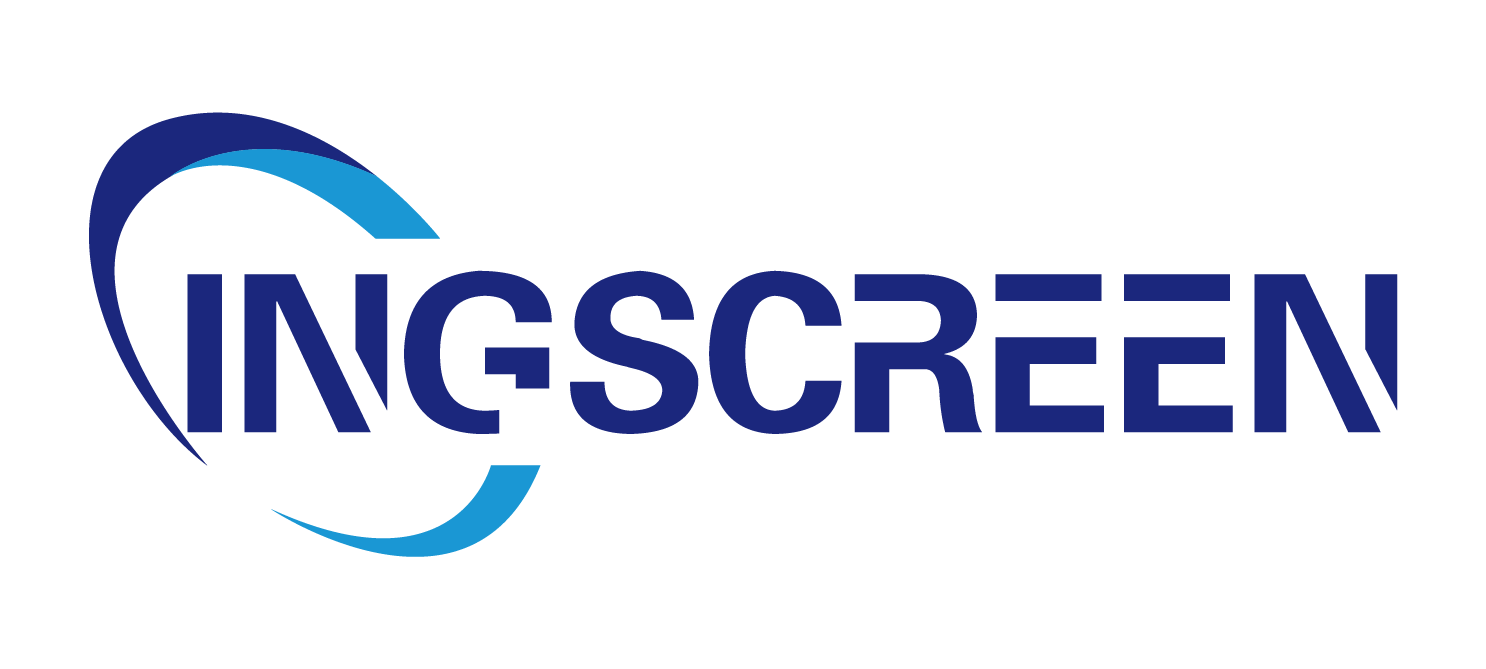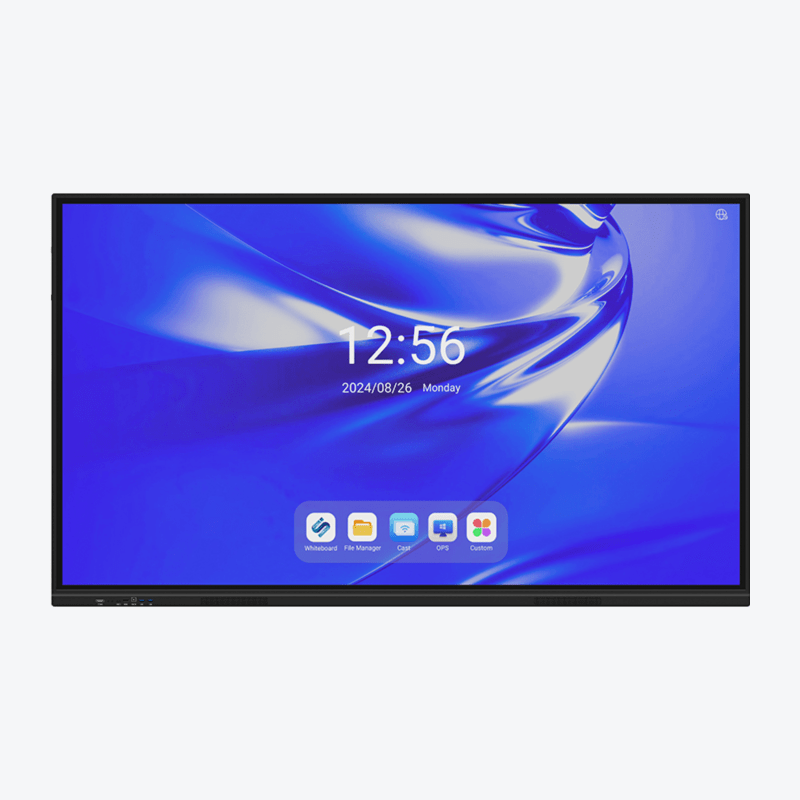Understanding the Evolution of Modern Meeting Boards
In today's fast-paced business environment, the traditional whiteboard has transformed into a sophisticated meeting board that revolutionizes how teams collaborate and communicate. As organizations embrace hybrid work models and digital transformation, meeting boards have become essential tools that bridge the gap between in-person and remote collaboration. These interactive platforms combine the simplicity of traditional whiteboards with advanced digital capabilities, creating a seamless experience for office teams.
The modern meeting board serves as a central hub for team collaboration, project management, and idea generation. It's not just about writing and erasing anymore - today's meeting boards incorporate touch-sensitive displays, cloud connectivity, and intelligent features that enhance team productivity. As we delve deeper into the essential features that make these tools indispensable, we'll discover how they're reshaping workplace dynamics.
Core Technical Capabilities
Interactive Touch and Display Technology
The foundation of an effective meeting board lies in its touch capabilities and display quality. Modern systems offer ultra-responsive multi-touch functionality, allowing multiple team members to interact simultaneously. High-resolution displays ensure crystal-clear visibility of content, whether it's detailed spreadsheets, complex diagrams, or high-definition presentations. The best meeting boards feature anti-glare coating and wide viewing angles, making content easily visible from anywhere in the room.
Advanced palm rejection technology distinguishes between intentional touches and accidental contact, enabling users to rest their hands naturally on the screen while writing or drawing. This intuitive experience closely mimics writing on traditional surfaces while offering digital advantages.

Wireless Connectivity and Integration
Seamless connectivity is crucial for modern office environments. Leading meeting boards support various wireless protocols, enabling quick content sharing from multiple devices. Whether team members use laptops, tablets, or smartphones, they can instantly cast their screens or share files without fumbling with cables or adapters.
Integration capabilities extend beyond simple screen sharing to include popular productivity suites, project management tools, and video conferencing platforms. This comprehensive integration ensures that the meeting board becomes a natural extension of existing workflows rather than a standalone tool.
Collaborative Features and Functionality
Real-time Multi-user Collaboration
Effective meeting boards excel in supporting simultaneous collaboration among team members. Multiple users can contribute content, annotate documents, and brainstorm ideas in real-time. This capability is particularly valuable during brainstorming sessions and project planning meetings where rapid idea exchange is crucial.
Advanced permission settings allow meeting hosts to control who can view, edit, or share content, ensuring security while maintaining flexibility. The ability to save and distribute meeting notes and annotations instantly helps maintain productivity momentum after sessions conclude.
Digital Workspace Management
Modern meeting boards offer sophisticated workspace management features that help teams organize and access their content efficiently. Infinite canvas functionality allows for unlimited workspace expansion, while intelligent page management systems make it easy to navigate through different sections of content.
Templates and presets for common meeting types streamline session setup, while automatic content backup ensures no ideas or discussions are lost. The ability to create and manage multiple projects or meeting spaces keeps work organized and accessible.
Advanced Software Capabilities
Artificial Intelligence Integration
Leading meeting boards now incorporate AI-powered features that enhance productivity and user experience. Handwriting recognition converts notes to searchable text, while smart object recognition helps create professional-looking diagrams from rough sketches. Voice commands enable hands-free operation, making it easier to navigate through content during presentations.
AI-driven meeting analytics provide insights into collaboration patterns and meeting effectiveness, helping teams optimize their interactions and improve productivity over time. These intelligent features transform the meeting board from a passive display into an active participant in team collaboration.
Content Management and Security
Robust content management systems ensure that all meeting materials are properly organized, secured, and accessible to authorized team members. Advanced encryption protects sensitive information, while detailed access logs maintain accountability. Automated backup systems ensure that no work is lost, even in case of technical issues.
Integration with enterprise content management systems allows for seamless file sharing and version control. Teams can easily access previous meeting materials, track changes, and maintain a comprehensive record of project evolution.
User Experience and Accessibility
Intuitive Interface Design
The success of a meeting board largely depends on its user interface. The best systems feature clean, intuitive layouts that require minimal training to master. Quick access tools and customizable shortcuts help users efficiently navigate features during time-sensitive meetings.
Gesture controls and contextual menus make interaction natural and efficient, while consistent design elements across different functions reduce the learning curve. The interface should adapt to different user preferences and working styles while maintaining simplicity.
Accessibility and Inclusive Design
Modern meeting boards incorporate features that make them accessible to users with different abilities. High-contrast modes, adjustable text sizes, and screen readers ensure that all team members can participate effectively. Multiple input methods, including touch, pen, keyboard, and voice, accommodate different working preferences.
Support for multiple languages and localization features makes these tools effective for global teams. The best systems also consider ergonomic factors, with adjustable heights and viewing angles to accommodate users with different physical needs.
Frequently Asked Questions
How do meeting boards differ from traditional interactive whiteboards?
Meeting boards offer advanced features beyond basic digital writing and drawing. They integrate with modern collaboration tools, support multi-user interaction, and include AI-powered capabilities that enhance team productivity. Unlike traditional interactive whiteboards, meeting boards provide comprehensive project management features, cloud connectivity, and sophisticated content organization tools.
What security measures protect content shared on meeting boards?
Modern meeting boards employ enterprise-grade encryption, secure authentication systems, and detailed access controls to protect sensitive information. They typically include features like secure cloud storage, session logging, and the ability to remotely wipe content if necessary. Integration with organizational security protocols ensures compliance with data protection requirements.
Can meeting boards integrate with existing office software systems?
Yes, contemporary meeting boards are designed to integrate seamlessly with popular productivity suites, project management tools, and video conferencing platforms. They support standard file formats and often include API access for custom integrations with specialized business applications. This compatibility ensures that meeting boards enhance rather than disrupt existing workflows.
How do meeting boards support hybrid work environments?
Meeting boards facilitate hybrid work through features like remote access, real-time collaboration tools, and integration with video conferencing systems. They enable seamless interaction between in-person and remote team members, with cloud-based content sharing and synchronized updates ensuring all participants have equal access to meeting materials and discussions.




